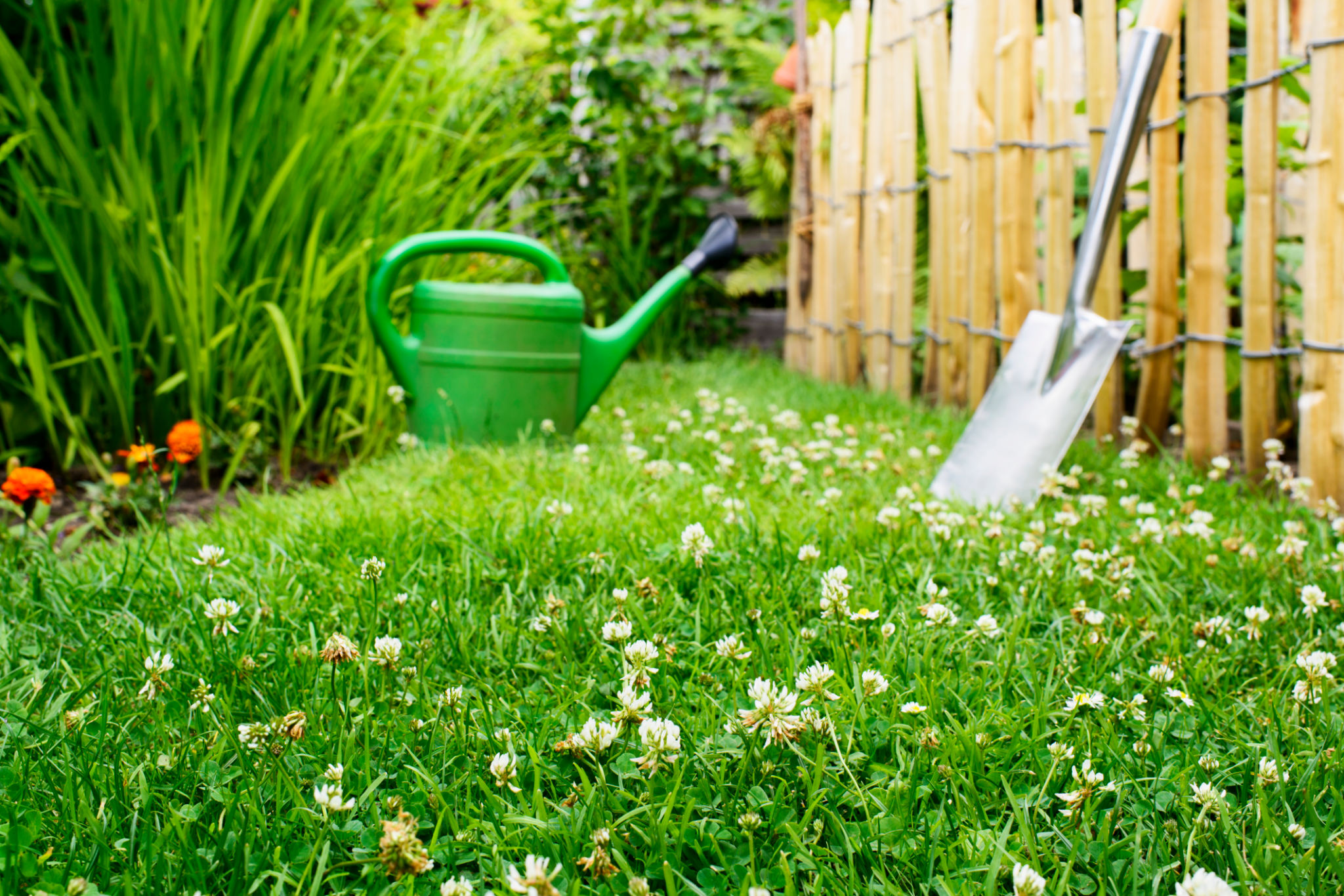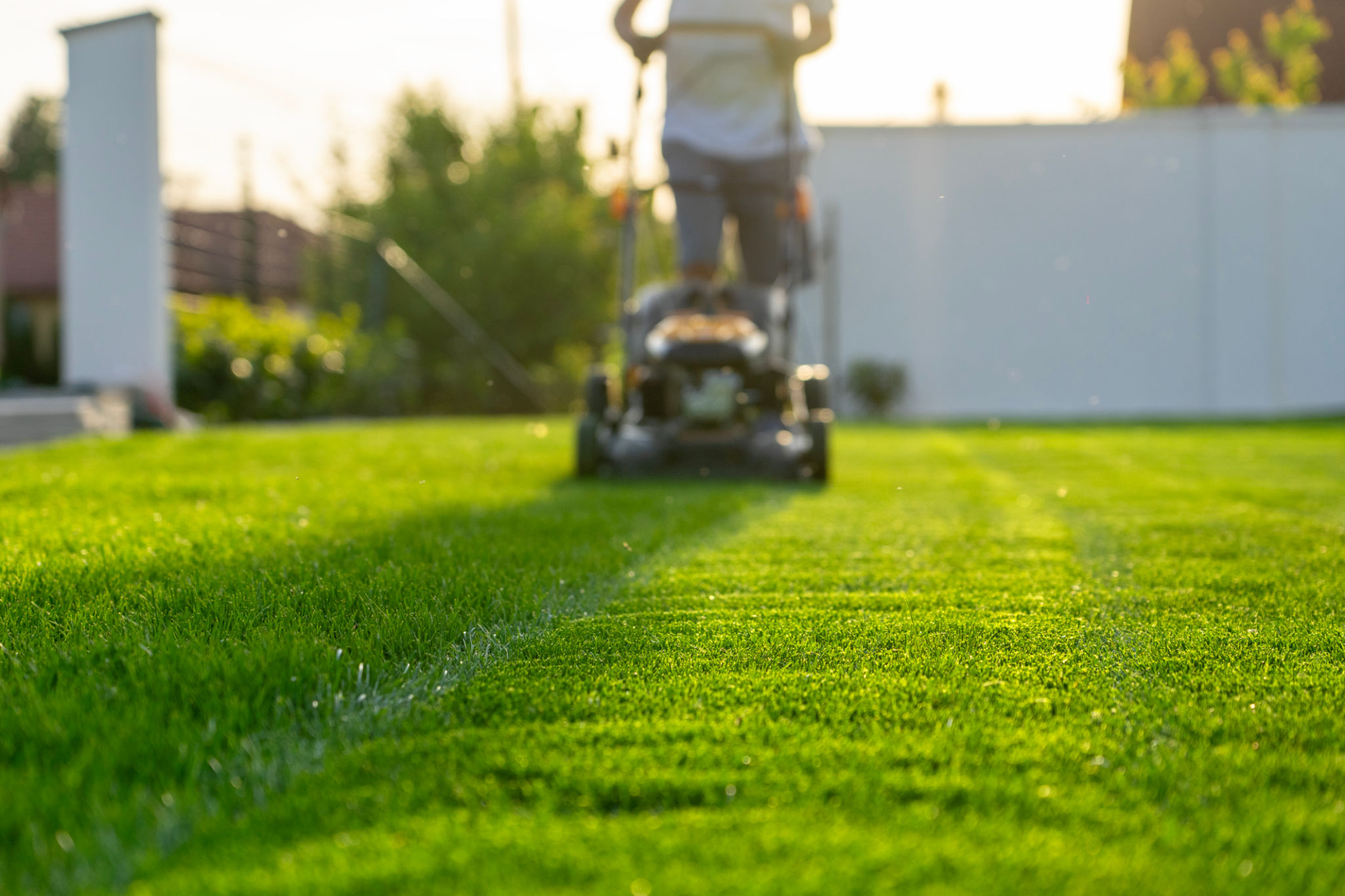Clover Lawns vs. Traditional Grass: Which is Right for You?
Understanding Clover Lawns
Clover lawns are becoming an increasingly popular alternative to traditional grass lawns. This type of lawn is primarily composed of white clover, a resilient plant that thrives in various conditions. Clover lawns require less maintenance and water compared to traditional grass, making them an eco-friendly choice for many homeowners.
One of the key advantages of clover is its ability to fix nitrogen from the air, enriching the soil naturally. This means you may not need to apply as much fertilizer, reducing your lawn care costs and environmental impact. Additionally, clover is more tolerant of drought and poor soil conditions, providing a lush green appearance even in challenging climates.

The Appeal of Traditional Grass
While clover lawns offer many benefits, traditional grass lawns have their own appeal. They are often chosen for their aesthetic qualities and the soft, lush surface they provide. Traditional lawns can offer a classic look that complements a wide range of home styles and landscapes.
Grass lawns are also more versatile for recreational activities such as sports or outdoor gatherings. They provide a durable surface that can withstand heavy foot traffic, making them ideal for families with children and pets.

Maintenance and Care
When it comes to maintenance, clover lawns generally require less work than traditional grass. Clover can grow in poor soil and requires less frequent mowing. In contrast, traditional grass lawns often demand regular watering, fertilizing, and mowing to maintain their appearance.
However, some homeowners enjoy the routine and satisfaction that comes with maintaining a traditional grass lawn. For these individuals, the time and effort involved in lawn care can be a rewarding hobby.
Environmental Impact
Clover lawns are often praised for their positive environmental impact. By reducing the need for chemical fertilizers and frequent watering, they contribute to conserving natural resources and minimizing pollution. Clover also helps prevent soil erosion and improves soil health over time.

Traditional grass lawns, on the other hand, may require more inputs like water and chemicals to stay healthy. However, there are eco-friendly grass varieties and sustainable practices that can mitigate some of these impacts.
Choosing the Right Option for Your Home
Deciding between a clover lawn and a traditional grass lawn depends on several factors, including personal preferences, climate conditions, and lifestyle needs. Consider what you value most in your outdoor space—whether it's low maintenance, aesthetic appeal, or environmental sustainability.
If you're seeking an eco-friendly option that requires less maintenance, a clover lawn might be the right choice for you. However, if you prefer the classic look and feel of soft grass underfoot or need a more durable surface for activities, traditional grass could be more suitable.

Ultimately, both options have their benefits, and your decision should align with your specific needs and values. Whether you opt for clover, traditional grass, or even a combination of both, you can create a beautiful and functional outdoor space that enhances your home.